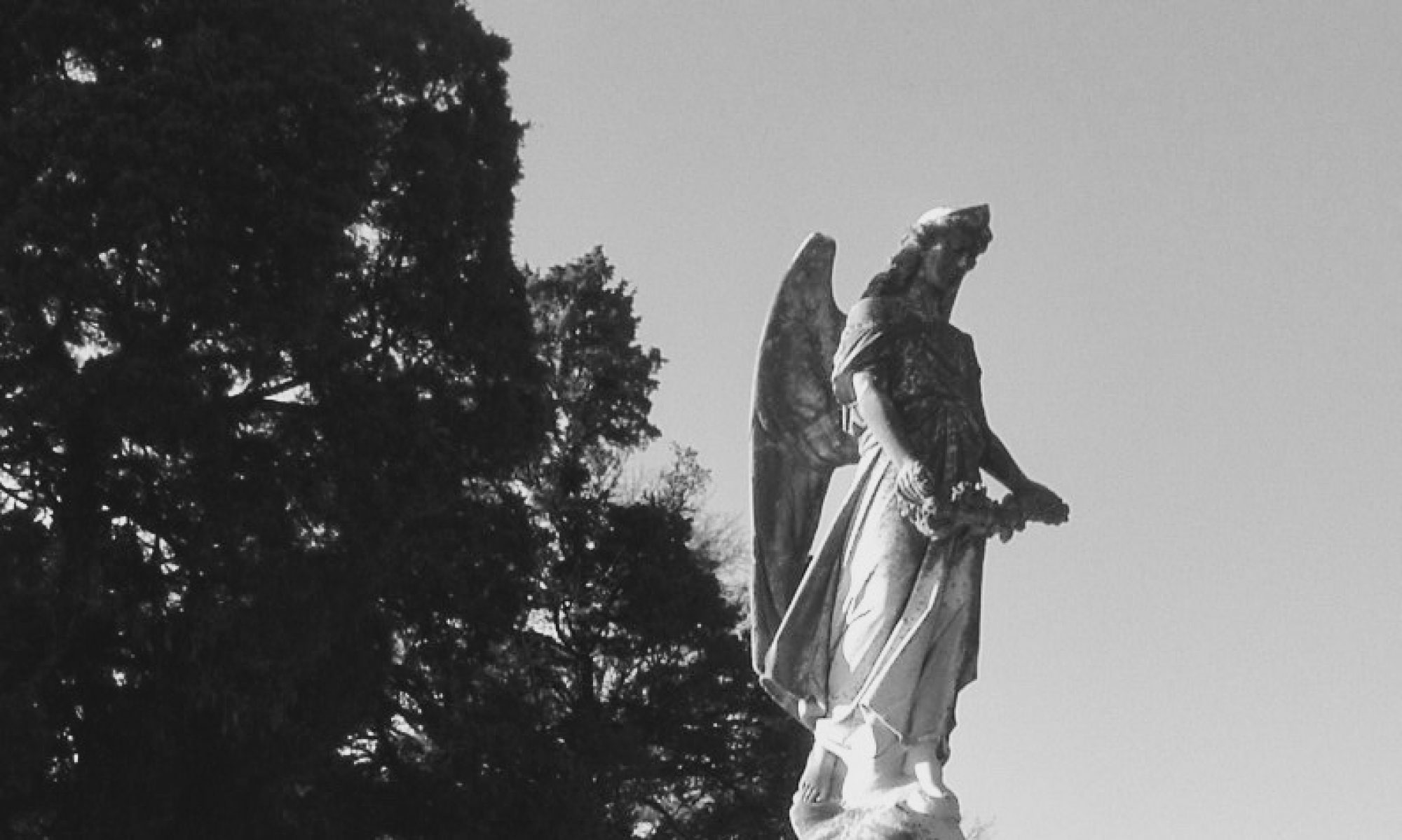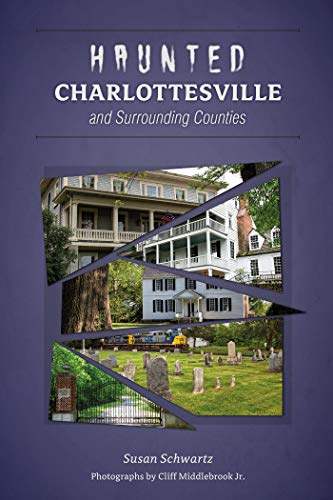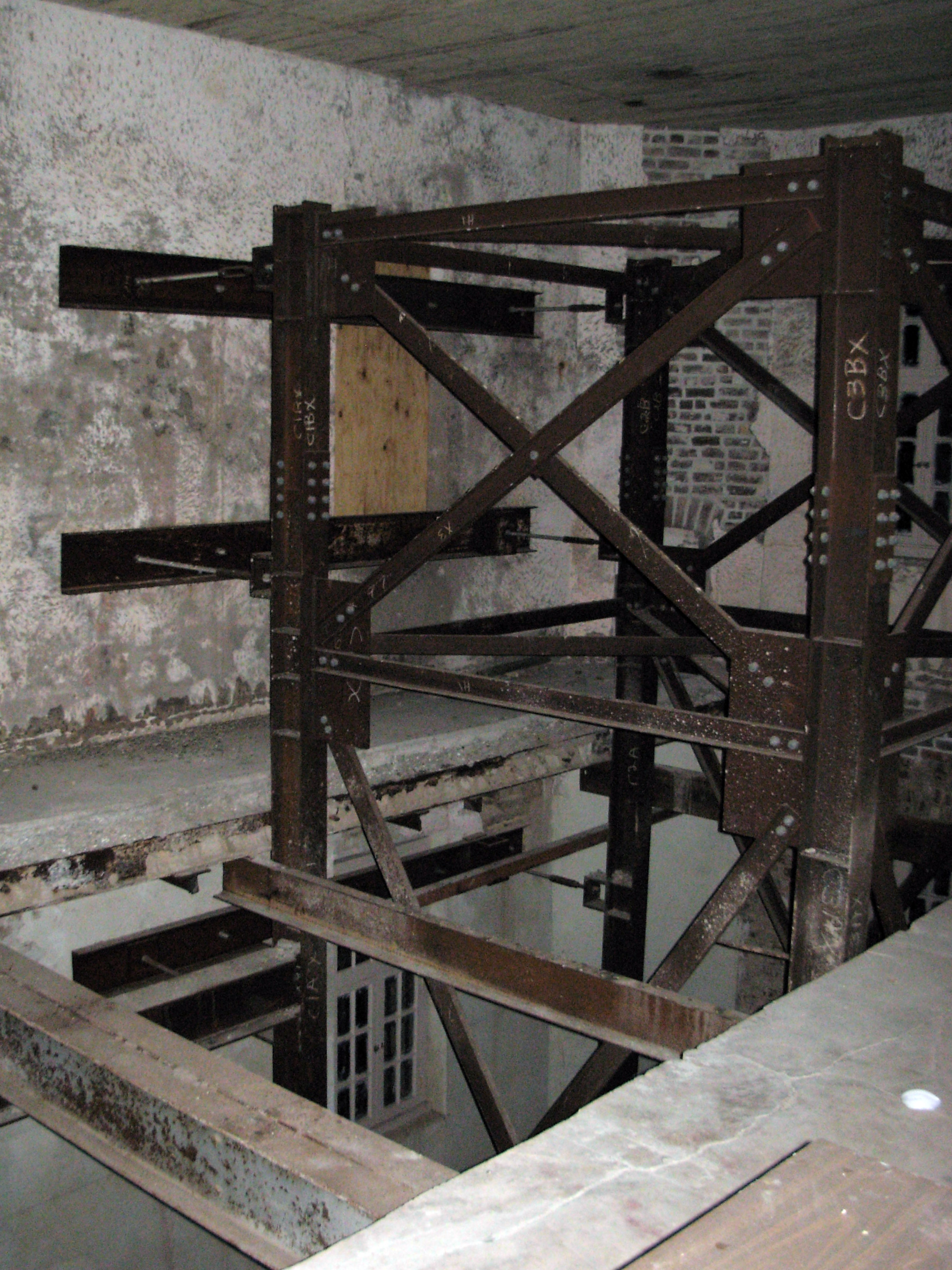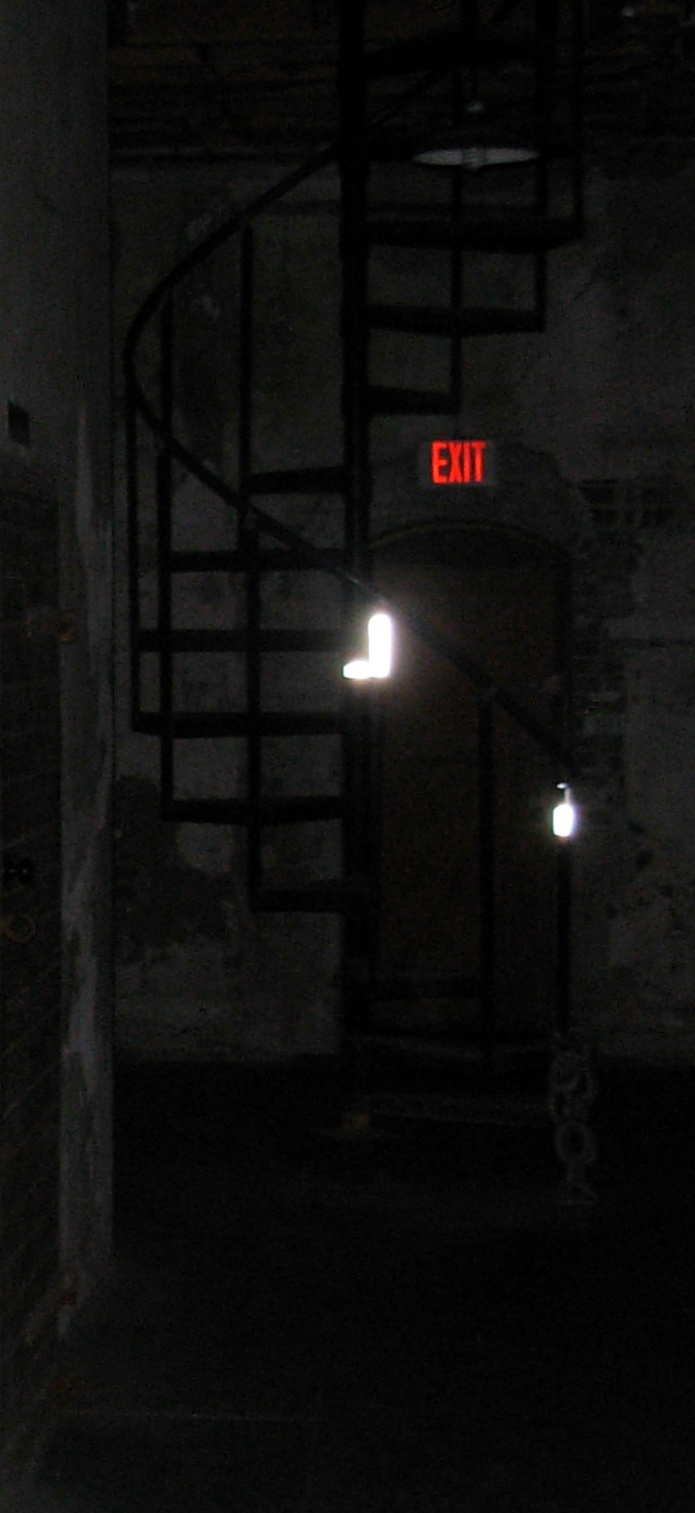Handbook for the Dead
Jacob and Jenny Floyd, et al.
Anubis Press, 2019
I have never been a fan of anthologies, especially those of paranormal stories. It brings up bad memories of when I’ve gotten excited and purchased an anthology, only to find that the stories are fiction. Not that I have anything against fiction, but the problem is that I can’t really add these stories to my own research and library. The books usually end up in a dusty corner of rejected books. Indeed, the stories included in these anthologies are usually milquetoast retellings of old or common legends. Thus, when Jacob Floyd from Anubis Press sent an email requesting that I review this title, I was a bit reluctant.

My fears were quickly relieved when I began to look through this marvelous book.
Jacob and Jenny Floyd, known as “The Frightening Floyds,” have carved a niche for themselves by publishing a series of books on the paranormal as well as fictional horror. In fact, I have one of their books, Kentucky’s Haunted Mansions, on my Kentucky shelf.
In this recent offering, the Floyds collected a series of true paranormal encounters from several established authors including Pamela K. Kinney, whose books I have reviewed frequently, as well as paranormal investigators, and others. What stands out about this collection is that the Floyds have included further information about the locations where these encounters took place, plus it probes “what these experiences have taught their witnesses.”
Starting with Pamela K. Kinney’s look at her experiences with the ghosts of Virginia Beach’s Cavalier Hotel the book wends its way through a series of fascinating and sometimes terrifying encounters mostly in the South. More than a few of these locations are specifically identified, which makes for more interesting reading especially when I can pursue the subject beyond the pages of this book. Even the experiences in private homes are enhanced by the inclusion of the factoids at the end of each chapter.

The writing is crisp, clean, and vivid, absorbing to both the casual reader and serious researcher. Of these tales, the one that engaged me most was oddly the story that took place far from the South, a story from Hong Kong. A horse racing track there, the Happy Valley Racecourse, was the scene of a terrible fire in 1918 that took some 600 lives. Ever since, locals have become wary of the area at night fearing the spirits of those who died in the conflagration.
This piece is written from the perspective of a tram driver who worked the night shift on the anniversary of the fire in 1987. Tram drivers were warned to hang a bucket of water on their trams to provide a drink to the thirsty ghosts. This tram driver, however, did not want to give in to superstition and did not hang a bucket. As a result, the tram driver was treated to a dreadful scene that he did not expect.
Overall, this anthology breaks from the usual trite format to provide a creepy volume that is an interesting and insightful read.
Handbook for the Dead is available in both paperback and eBook editions.

 Among the hauntings that Kinney covers in her book are
Among the hauntings that Kinney covers in her book are 
 Kinney’s second edition is a nice upgrade from the first edition. The layout has been adjusted which changes the rhythm of the book, visually speaking, from the crowded and chaotic first edition, when compared side by side, to a book that is more relaxed and consistent. The move from matte to glossy pages also improves the visual appeal of the second edition giving the photographs, especially those that may capture paranormal phenomena, are much clearer.
Kinney’s second edition is a nice upgrade from the first edition. The layout has been adjusted which changes the rhythm of the book, visually speaking, from the crowded and chaotic first edition, when compared side by side, to a book that is more relaxed and consistent. The move from matte to glossy pages also improves the visual appeal of the second edition giving the photographs, especially those that may capture paranormal phenomena, are much clearer. As she guides readers to these locations, Schwartz does well to cite her sources by including in-line citations. Often, I’m left to puzzle over where an author got their information, but Schwartz sees to it that there is no question. Her bibliography forms an excellent guide to the foundations of her book and is exceedingly useful for researchers like me.
As she guides readers to these locations, Schwartz does well to cite her sources by including in-line citations. Often, I’m left to puzzle over where an author got their information, but Schwartz sees to it that there is no question. Her bibliography forms an excellent guide to the foundations of her book and is exceedingly useful for researchers like me.
















